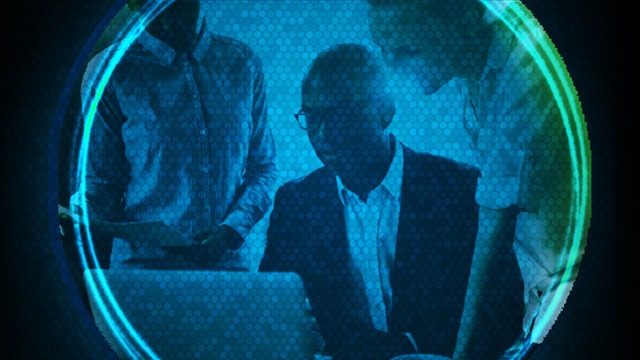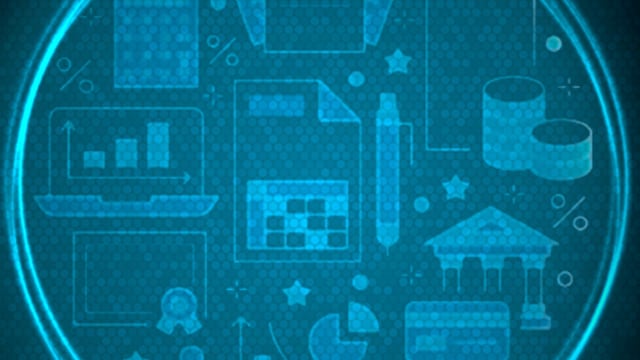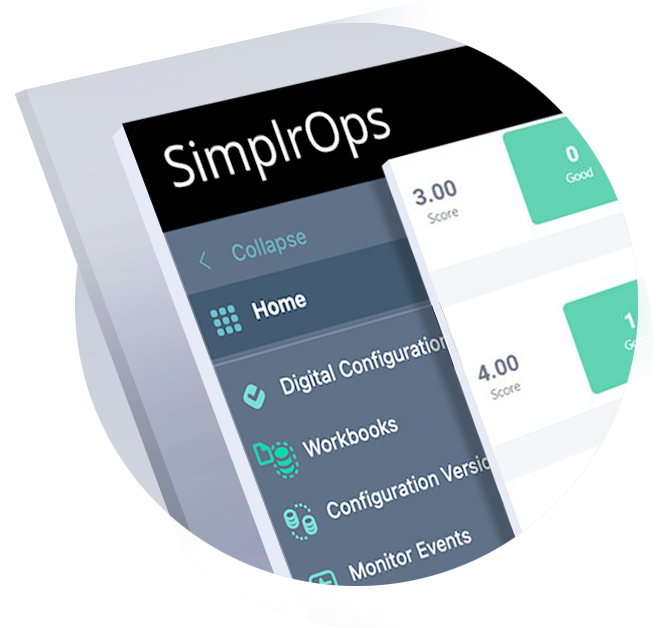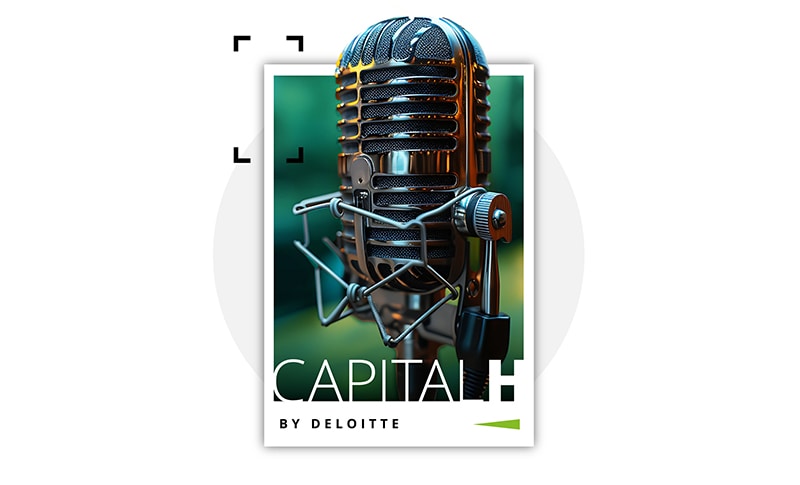HR Transformation has been saved


Are you ready to face disruption head-on?
Today’s realities are creating disruption across work, the workforce, and the workplace. Digitalization, automation, the contingent workforce, employee well-being, and remote and socially distanced work are just some of HR’s challenges. Deloitte is here to help, with HR strategy and solutions that enable HR to lead the enterprise through disruption, developing global HR strategies that drive transformation, elevate the workforce experience and the capabilities of your HR professionals, and sustain HR effectiveness and value.
Let us help:
● Achieve Exponential HR, focusing on outcomes, not outputs, to reimagine what work can be automated, who can do the work, and where and how work gets done.
● Design, build, implement, and sustain flexible, “fit-for-purpose” HR operations to achieve strategic goals and support agile ways of working to enable business results.
● Expedite digital HR transformation using new technologies, platforms, and ways of working to drive productivity.
● Quickly assess workforce experience sentiment to identify opportunities, and develop longer-term strategies to drive business results in the new norm of disruption.
● Build the right capabilities in HR professionals so they can continually deliver value to the business and workforce.
Why Deloitte?
Future of HR point of view: Preparing HR to be the enterprise vanguard for work, the workplace, and the workforce to accelerate the shift from work optimization and redesign to re-architecting work. This requires thinking beyond redesigning the HR operating model and aiming to become an Exponential HR organization: more agile, architected, adaptable, and augmented.
Market leader: Unmatched design and implementation experience in end-to-end digital HR transformations and the deepest set of experiences with large-scale, global clients.
Accelerated progress: Structured methodology supported by project accelerators and tools tailored for your organization’s unique situation, enabling you to see results quickly with less investment.
HR roundtables and forums: Sharing market-leading perspectives, creating peer-to-peer collaboration, and developing the next generation of HR leaders.
Get in touch:
Jessica Britton
Principal | HR Transformation


Are you ready for the workforce of the future?
To be a true business partner with the credibility to lead the business, HR can’t only focus on today’s talent. You need to have a clear vision of the workforce of the future and a clear strategy for how you’ll manage it. Working with Deloitte enables you to develop global payroll operating model strategies and support the implementation of future-forward payroll and workforce management (WFM) solutions.
Let us help:
● Determine the composition and cost of your future workforce.
● Optimize workforce performance through effective utilization of contingent workers, analytics, and schedule optimization.
● Protect your employer brand by implementing and maintaining compliant payroll and workforce management solutions.
● Confirm the portfolio of strategic solutions required to operate your business.
● Stand up global payroll and workforce management operations as needed to support your most complex M&A activities.
Why Deloitte?
Product-agnostic: Trusted business adviser to the Fortune 500, with direct relationships with all leading payroll and WFM providers.
Global reach: Global network of 500+ Deloitte professionals who have delivered solutions in 60+ countries.
Comprehensive and market-leading: Implementer of Workday, SAP, Oracle, ADP, Infor, Ultimate Kronos Group, Ceridian, Workforce Software, and others, along with tax, compliance, and controls advisory services.
Dig deeper: Global payroll benchmarking survey report
Deloitte’s CompareEdge™: Automated payroll testing comparison tool
Get in touch:
Brian Proctor
Principal | HR Transformation


Are you ready to transform the digital experience of your workforce?
Technology has been an integral part of everyday life for most workers, and it has become critically important as more workplaces become hybrid. Deloitte can help you use ServiceNow to deliver a consumer-grade digital experience across your workforce, as well as improve the operational efficiency and effectiveness of HR services.
Dig deeper: Deloitte and ServiceNow
Get in touch:
Gary Cole
Principal | Human Capital Technology


Are you ready for what comes next?
Business needs keep changing, and so does the workforce in terms of who does the work where, and how they do it. Collaborating with Deloitte to design, implement, and integrate Workday HCM cloud solutions can help you plan and manage your people for the ever-changing needs of your business, so you can make better workforce decisions faster and be ready for what’s next.
Dig deeper: Deloitte + Workday: Solutions and Insights
Get in touch:
JT Woodson
Principal | HR Transformation


Are you ready to grow?
Many organizations looking to grow globally are leaning on HR to provide detailed workforce projections while filling the pipeline with qualified people, ready to fill roles wherever they’re needed. Too often, though, HR is burdened by diverse systems and business processes that are cumbersome, limited, or downright dated. Deloitte can help you move beyond the past, using Oracle to enable transformation to support the business wherever it grows and however people work.
Dig deeper: Deloitte + Oracle power cloud-connected business
Empower people to impact business with Oracle HCM Cloud
Get in touch:
Chetan Jain
Principal | HR Transformation


Are you ready to build a “human-first” organization with a digitally enabled workforce?
Across industries, remote work, intelligent automation, ongoing digital innovation, and other forces are all reshaping how business gets done. The need to activate the built-to-evolve “Kinetic Enterprise”™ has never been greater. As SAP’s No. 1 partner globally, Deloitte brings deep experience and a broad spectrum of capabilities to help you reimagine everything with SAP® SuccessFactors® solutions. Whether you want to enable next-generation HR, elevate the worker experience, or take other steps to drive your business forward, Deloitte can help you create a more human-centered organization and transform with impact.
Dig deeper: SAP SuccessFactors + Deloitte
Get in touch:
Bob Park
Principal | HR Transformation










